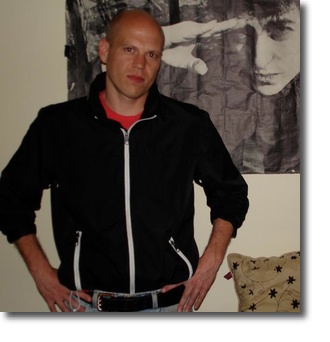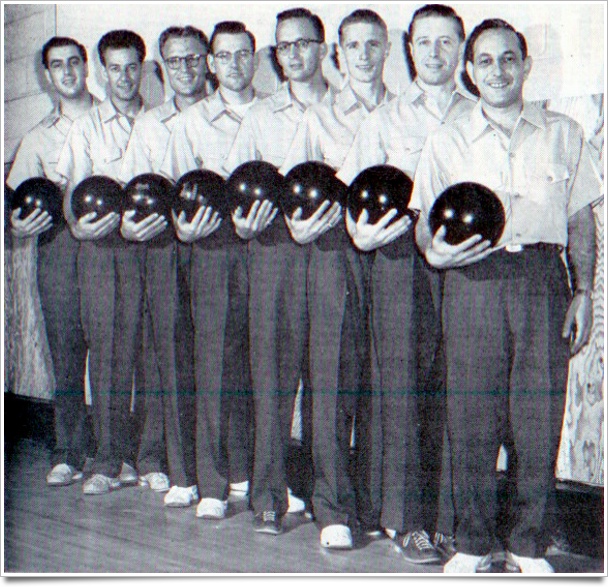By Richey Piiparinen
As the middle class re-enters and gentrifies inner-city Rust Belt neighborhoods, consequences will arise. Still, desperate city leaders are happy with any trade-offs, as is evidenced by Detroit’s economic development czar George Jackson’s recent declaration that: “I’m sorry, but, I mean, bring it on [gentrification]. We can’t just be a poor city and prosper.”
Such conceptions are common in government, institutionalized even. Notes Neil Smith:
Gentrification became a systematic attempt to remake the central city…What began as a seemingly quaint rediscovery of the drama and edginess of the new urban “frontier” became in the 1990s broad-based market driven policy.
This touches on a point that most people miss about gentrification; that is, it is not the individual middle class gentrifier that is the issue, but rather the system of spatial monopoly, aka “super-gentrification,” in which neighborhoods are catastrophically, and suddenly, “flipped” due to pressure from developer greed that is the issue.
That said, can the reintegration of the middle class into disinvested areas be done right? Maybe, but this entails prioritizing the community first, the developers second. Writes one scholar:
Avoiding unfair pain, and damage to heritage, must be a conscious and measured component of the redevelopment project’s goals. It seldom is: too many developers and planners make it sound like such suffering is the inevitable price of progress. Bull: it’s just a lack of sufficient desire to avoid it.
It says here the Rust Belt and Cleveland needs to lead the way in creating a new model for neighborhood investment. In fact given recent demographic changes, the chances are now or never to do it.
For instance, certain demographic shifts in various Rust Belt cities are going against longstanding patterns, particularly the organic evolution of mixed neighborhoods. The diversifying is coming from several angles, which is largely due to the “benefits” of a depressed housing market. For instance, in Ohio City, one of Cleveland’s gentrifying neighborhoods, the percentage of black residents increased from 24% of the population to 34% from 1990 to 2010, whereas the percentage of whites declined 58% to 50%.
Given that Ohio City is one of the areas seeing an inflow of 25- to 34-year old residents, there appears to be a meet-up of lower-to-middle-income black families that have migrated from the East Side of Cleveland with younger suburban and exurban whites. The same demographic patterns are occurring in other Cleveland neighborhoods such as Edgewater, Old Brooklyn, and Kamm’s Corners, as well numerous suburbs, like Lakewood, Solon, and Parma, suggesting a “shake-up” of social capital paradigms that have kept Cleveland not only geographically segregated, but psycho-sociologically segregated.
“Social capital,” you say?
Yes. Most often social capital is talked about in good terms only, a la Putnam’s seminal book Bowling Alone. But as illustrated in the paper “Why the Garden Club Couldn’t Save Youngstown,” too much social capital kills. For example, too much trust in others like you can parallel not enough trust in others unlike you, leading to immobility, insularity, and stagnation of ideas. In fact, a lack of idea circulation within Cleveland has killed its economic development. What is needed in Cleveland is less social capital, or more movement, more outsiders, and more crossing of such psychogeographic divides as the Cuyahoga River, which has served to divide the city of Cleveland between the East and West Sides. These “shake-ups” that are occurring fosters the thought-mixing necessary to reverse Cleveland’s divided course.
The catch here is that simply diversifying a neighborhood won’t do the trick. For instance, how diversity is playing out in D.C.:
Both groups [whites and blacks] feel entitled and resent the other’s sense of entitlement. Over time the neighborhood’s revitalization engineers a rigid caste system eerily reminiscent of pre-1965 America. You see it in bars, churches, restaurants and bookstores. You see it in the buildings people live in and where people do their shopping. In fact, other than public space, little is shared in the neighborhood. Not resources. Not opportunities. Not the kind of social capital that is vital for social mobility. Not even words.
What is partly occurring here relates to a controversial finding of Putnam’s, or that diversity can decrease social capital—perhaps too much. “People living in ethnically diverse settings appear to ‘hunker down,’” writes Putnam, or “to pull in like a turtle”.
Why?
Part of the reason is that neighborhood diversity can equate to living “by” each other and not “with” each other. As such, neighborhood integration is still raw in the American zeitgeist, with heterogeneity, according to Putnam, engendering mistrust and too little social capital. A next step is needed. Here, community leaders should heed lessons from the concept of creative destruction. From the article “The Downside of Diversity”:
If…diversity, at least in the short run, is a liability for social connectedness, a parallel line of emerging research suggests it can be a big asset when it comes to driving productivity and innovation…
… In other words, those in more diverse communities may do more bowling alone, but the creative tensions unleashed by those differences in the workplace may vault those same places to the cutting edge of the economy and of creative culture.
This, then, represents a key opportunity for Cleveland to reconstitute a new American neighborhood model by harnessing the potential inherent in its diversifying neighborhoods. This opportunity is perhaps greater in Rust Belt communities given—as of yet—the absence of housing market pressure that tends to filter people along similar demographic lines.
The mission is simple: how can cities foster mobility without a sacrifice of trust? Or, how can diverse neighborhoods become more socially integrated?
The answer entails thinking about social capital in a new way: neither a presence nor absence of it, but a continuum of social capital with insularity based on comfortability on one end, and insularity based on mistrust on the other. The sweet spot of social capital is somewhere in the middle, which entails not bowling with your buddies or bowling alone, but bowling with strangers—until they no longer aren’t.
Why is this so important?
Where people live informs them no less than where they go to school. Neighborhoods are factories of human capital. Equitable, integrated environments maximize potential. America needs to go past the gentrification model of revitalization. The cities that still have a fighting chance, like Cleveland, should lead.
 Richey Piiparinen is a Clevelander, a writer, and a city strategist. His work has appeared in numerous publications, including the Atlantic Cities, New Geography, Huffington Post, and Next American City. Richey is co-editor of the book Rust Belt Chic: A Cleveland Anthology. His musings and work can be found at richeypiiparinen.wordpress.com and rustbeltchic.com.
Richey Piiparinen is a Clevelander, a writer, and a city strategist. His work has appeared in numerous publications, including the Atlantic Cities, New Geography, Huffington Post, and Next American City. Richey is co-editor of the book Rust Belt Chic: A Cleveland Anthology. His musings and work can be found at richeypiiparinen.wordpress.com and rustbeltchic.com.

2 Responses to “Cleveland’s Future: Bowling with Strangers”
Snarky
The lower west side which you refer to as Ohio city is still mired in poverty , and just like the failed models of post war urban renewal and federal interstate highway construction , gentrification will merely move poverty level itizens into borderline poverty lower middle class neighborhoods which will then slide downhill while the gentrified neighborhood might enjoy a short term uptick at the expense of displaced citizens .
Again your clownish puerile remarks concerning urban affairs of the post industrial Midwest America belie the years you have spent on this planet.
Dean VF
In my experience, the Church is one place where you see genuine relationship between strangers: whether it be the African and Irish kids serving together at the altar at St. Colman’s, the Latino, Arab, and African-American diversity at Scranton Rd. Bible Church, or the leadership teams at my church, Calvary Reformed, which have had African-American, Latino-Indian, Appalachian, Dutch-American, and African leaders. The Church often brings together diverse peoples in one Name, the Name of Jesus Christ, and as unsophisticated as that may sound, it is reality, and oh so much fun!